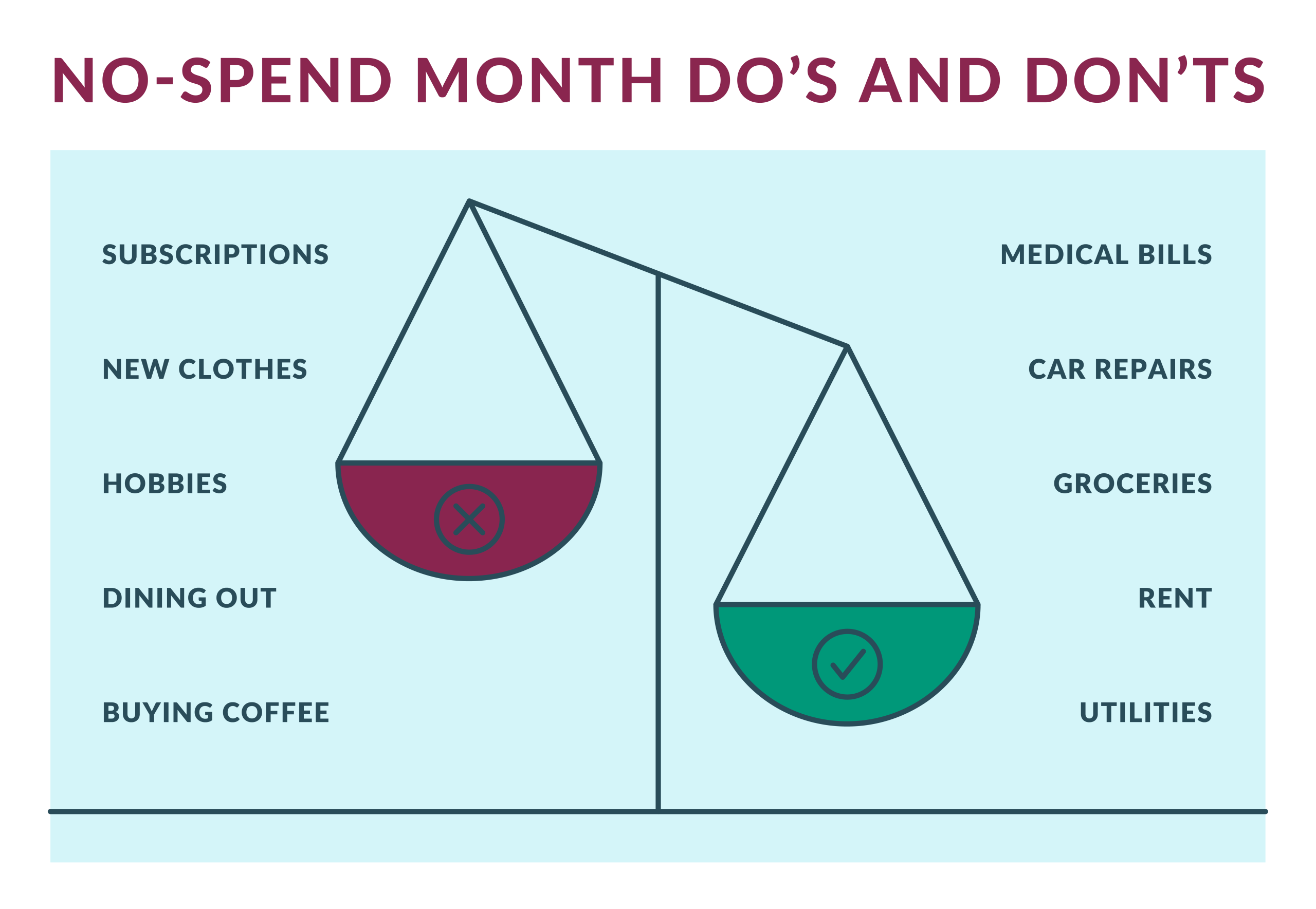Anúncios
Every time you use your credit or debit card to make a purchase, an interchange fee is charged behind the scenes.
These fees are an essential, but often overlooked, part of the payment processing system, affecting businesses and consumers alike.
Although cardholders rarely see these fees directly, they influence the cost of goods and services, merchant pricing strategies, and even the rewards and benefits offered by credit card issuers.
Understanding them is crucial for business owners looking to reduce costs and for consumers trying to make smarter financial decisions. Read on to learn more!
What are interchange fees?
An interchange fee is a fee that merchants must pay to the bank that issued the credit or debit card of a customer whenever a card transaction is processed.
These fees serve as compensation for the issuing bank, covering costs related to fraud prevention, transaction processing, and risk management.
The interchange fee is not charged by the payment processor or merchant; instead, it goes directly to the card’s issuing bank.
Thus, they usually range between 1% and 3% of the transaction amount, although they can vary based on several factors.
For example:
- If a customer makes a $100 purchase using a Visa credit card, the merchant may pay an interchange fee of 2% ($2) to the bank that issued the card.
- The remaining amount ($98) is what the merchant actually receives for the sale.
Interchange fees play a crucial role in the financial ecosystem, helping banks cover operational costs while simultaneously supporting cardholder rewards programs and protections.
How do interchange fees work?
Interchange fees are embedded into the payment processing system, ensuring that all parties involved in a credit card transaction receive appropriate compensation for their roles.
Step-by-step analysis of an interchange fee transaction
- A customer makes a purchase using a credit or debit card.
- The merchant’s payment processor sends the transaction details to the credit card network (Visa, Mastercard, etc.).
- The credit card network forwards the request to the issuing bank (the bank that provided the card to the customer).
- The issuing bank approves or declines the transaction based on the customer’s account status.
- If approved, the transaction is completed, and the issuing bank transfers the funds to the merchant’s bank, minus the interchange fee.
This fee system ensures that banks recover their costs and manage risks, while also funding benefits for cardholders, such as cash rewards, fraud protection, and travel perks.
What can affect interchange fees?
Several factors influence the exact amount of the interchange fee charged on a transaction.
Type of card used
Different types of credit cards have different interchange fees. Generally, premium credit cards with reward programs (like cashback or travel benefits) have higher interchange fees than basic debit or credit cards.
This is because the issuing banks offset the costs of these rewards through interchange revenue.
Merchant’s category and industry
Certain industries are charged higher or lower interchange fees depending on the levels of risk and transaction volume. For example:
- Grocery stores and gas stations usually have lower interchange fees because they process a high volume of transactions with low fraud risk.
- E-commerce stores and travel agencies generally pay higher interchange fees due to increased fraud risks and chargeback rates.
Transaction method (card present vs. card not present)
How a transaction is processed significantly impacts the interchange fee.
- Card-present transactions (in-store purchases) generally have lower fees because the cardholder is physically present, reducing the risk of fraud.
- Card-not-present transactions (online purchases, phone orders) tend to have higher fees due to higher risks of fraud and chargebacks.
Credit card network (Visa, Mastercard, American Express, Discover)
Each major credit card network sets its own interchange fees, which can vary according to transaction type, merchant category, and location.
- Visa and Mastercard typically have structured interchange fees that vary by card type and transaction method.
- American Express generally has higher interchange fees because it operates both as a card network and an issuer.
- Discover sets its own rates but tends to be between Visa/Mastercard and American Express in terms of fees.
Who determines interchange fees?
Interchange fees are primarily set by the credit card networks (Visa, Mastercard, American Express, and Discover), but are also influenced by issuing banks and regulatory policies.
Although card networks set the basic interchange fees, individual banks and payment processors may apply their own additional charges, affecting the total cost for merchants.
In some countries, governments regulate interchange fees to prevent excessive charges. For example:
- In the United States, interchange fees are not directly regulated for credit cards, but debit card interchange fees are capped by the Durbin Amendment of the Dodd-Frank Act.
- In the European Union, interchange fees for consumer credit cards are limited to 0.3% per transaction.
Despite occasional regulatory efforts, interchange fees remain a significant cost for businesses, especially for small merchants who lack bargaining power against large financial institutions.
How are interchange fees calculated?
Interchange fees are calculated as a percentage of the transaction amount, often with an additional fixed fee. The exact formula depends on:
- The type of card used (debit, credit, rewards, business)
- The merchant’s industry
- How the transaction is processed
For example, a typical interchange fee might be:
- 1.5% + $0.10 per transaction for an in-store debit card purchase
- 2.5% + $0.15 per transaction for an online credit card purchase
As interchange fees are not uniform, merchants should carefully review their payment processing agreements to understand how much they are paying per transaction.
Do interchange fees affect cardholders?
Yes, interchange fees indirectly impact credit and debit card users, often in ways they do not realize.
Higher prices for goods and services
As merchants must pay interchange fees on every card transaction, they often raise prices to cover these costs.
As a result, consumers end up paying higher prices for everyday goods and services, regardless of whether they use a card or cash.
Reduced credit card rewards
Interchange fees help fund credit card reward programs.
However, if regulations or competitive pressures reduce these fees, banks may cut back on rewards or increase other charges (such as annual fees or interest rates).
Increased minimum purchase requirements
Some small businesses set minimum purchase amounts for credit card transactions to offset high interchange costs.
This can be inconvenient for consumers who prefer to use credit cards for small purchases. Although interchange fees remain largely invisible to consumers, they play a critical role in the financial system, affecting businesses, banks, and cardholders alike.
Therefore, understanding how they work can help merchants optimize their payment processing strategies and consumers make informed financial decisions.
For those looking to avoid paying interchange fees, considering cash transactions, lower-fee debit cards, or merchant discount programs can help minimize costs.
To learn more about credit cards and other financial resources, continue to explore our site for more topics of interest. Looking for a suggestion? Also read our content explaining how mortgage closing costs work!






